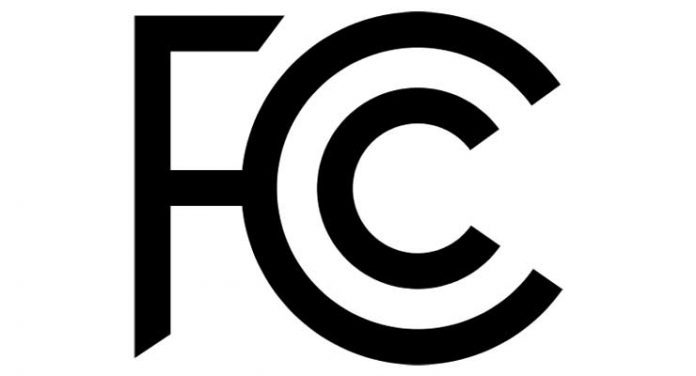Rumors have already circulated about preferential treatment of Internet customers paying at higher tiers by such companies as Comcast or AT&T, based on fee schedules. There have also been concerns that allowing huge content providers like Netflix or iTunes to range at will could stifle competition and/or content from smaller Internet companies by blocking their respective traffic. Supporters of this latest FCC ruling claim just the opposite: consumers would become better able to pick individual Internet packages that make more sense for them. Internet users could also shop for better rates from the various providers competing for their business.
Since the 1980s, when the World Wide Web was ushered in, the technological environment of both providers and users has been more like the World “Wild West,” where advances in the communications industry have outpaced that ability to ensure that everyone gets a fair shake. At present, there remains uncertainty about how this FCC decision to wipe out net neutrality will affect the future relationships between large providers of broadband and wireless services and those who pay to use these services, be they smaller content providers or content consumers. While it will take some time for the dust to settle on net neutrality, we should be prepared for future changes in rate structures (probably going to increase) and quantity and quality of content (may be no better than what we currently get).



